
The Smart Eco-city in Wuhan was founded in early 2015, combining the two old development zones of Smart City and Ecological City, which were established in December 2012 under the Wuhan Economical and Technological Development Zone's planning of industry and city integration.
At present, with a planned area of 89.82 square kilometers, the Smart Eco-city is home to about 30,000 people. In accordance with its image as a Charm Intelligence Valley Ecological New Town, the Smart Eco-city is focused on four themes: ecology, intelligent applications, culture and recreation.
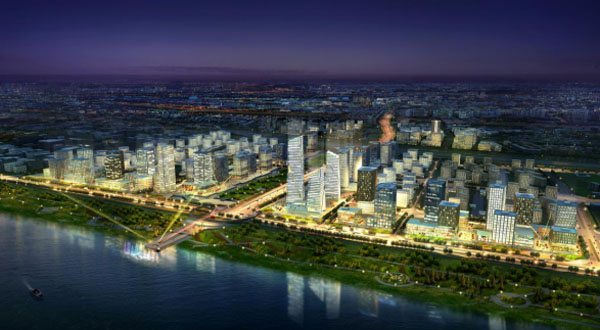
An effect picture of the night scene along the river in the Smart Eco-city.
The Smart Eco-city has unique natural endowments, enclosed by hills and waters. It's located at the southern end of the main development zone in Wuhan, facing China's golden waterway, theYangtze River to the east. With the Tongshun River running through the city, there are12 lakes such as Zhushan Lake, Zhuangyuan Lake and Zhongshan Lake scattered throughout the region as well as 11 nearby mountains including Dajunshan Mountain, Xiaojunshan Mountain and Longlingshan Mountain.
With cross-linked public transportation, the Smart Eco-city enjoys convenient traffic. The city is located between the third and fourth ring road of Wuhan, from where it takes less than 60 minutes to reach Tianhe International Airport, Wuchang Railway Station, Wuhan Railway Station and Hankou Railway Station.
By tramcar, subway Line 16, the extended line of Subway Line 3 and Bus Rapid Transits, the Smart Eco-city is connected with the Beijing-Hong Kong-Macau Expressway, Shanghai-Chengdu Expressway and high-speed traffic routes like Wuhan's second, third, and fourth ring roads and outer hoop. In this way, a composite traffic system has been established that constitutes a transportation advantage for opening to the whole country and to the entire world.
Adhering to the concepts of sustainable development, intelligentization, and industry-city integration, the Smart Eco-city has redoubled efforts to develop technology, capital, and talent-intensive industries such as new-energy cars, intelligent connected vehicles (ICV), artificial intelligence, smart manufacturing, testing, smart homes, and high-end culture and tourism.
After years of strenuous work by government officials, a series of key projects such as the Hubei Industrial Construction and Sci-Tech Park and the Kingfa Technological Research Center were established at the eco-city, injecting new momentum into WEDZ's development.
Innovative achievements continue to spring up from scientific and technological innovation platforms in the eco-city, which were co-founded by the Harbin Institute of Technology, Chinese Academy of Sciences and other top domestic research institutes.
The Smart Eco-city has also seized opportunities present by new 5G infrastructure and promoted the construction of a new energy and intelligent connected vehicle base, which has been dubbed one of Hubei province's four State-level bases. Led by the requirements and guidelines issued by the Ministry of Industry and Information Technology and the Ministry of Housing and Urban-Rural Development, the eco-city has been focusing on building an ICV testing demonstration zone and will build a 150-kilometer-long open testing road to meet the testing and operational needs of various intelligent automobiles.
The development orientation of the Smart Eco-city is making intelligent connected vehicles, robots, next generation information technology and new energy and new materials its pole industries, followed by the culture, sports and health. In the form of a small town, the Smart Eco-city aims to build itself into a green area comprised of six towns built according to international high standards.
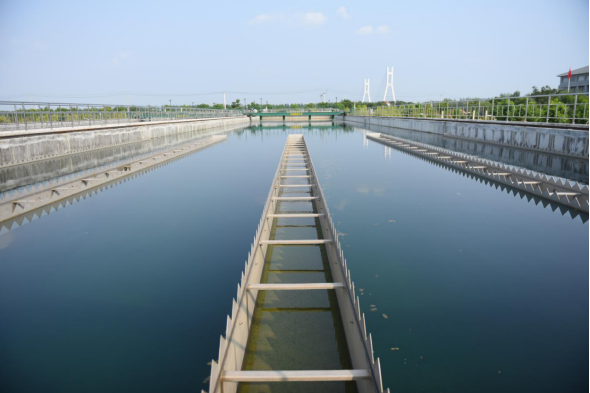
Junshan water supply plant.
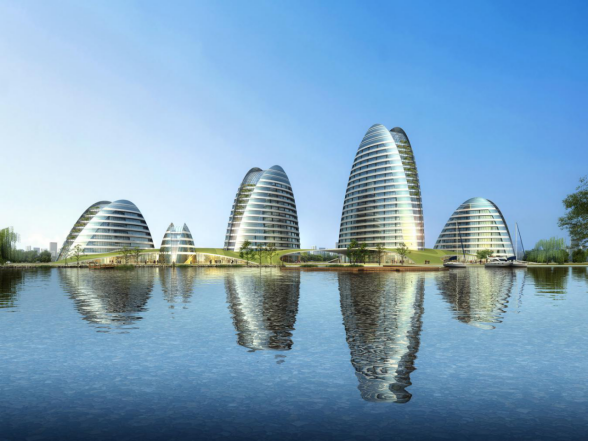
An effect picture of the innovation service center.

An artist's rendering of a talent apartment complex.
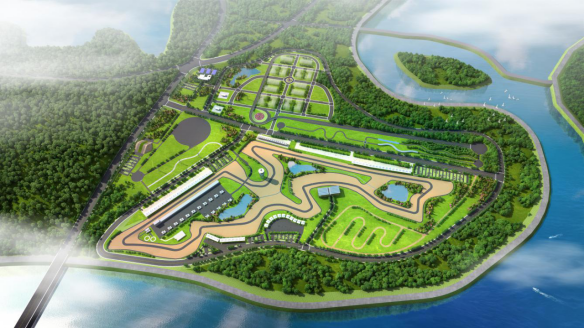
A design picture of the intelligent connected vehicle demonstration zone.
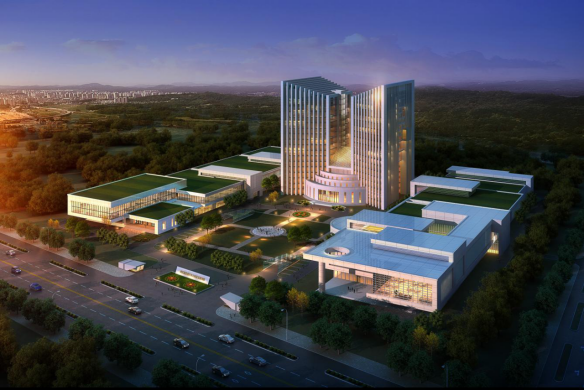
An effect picture of the New Energy Automotive Engineering Research Institute.
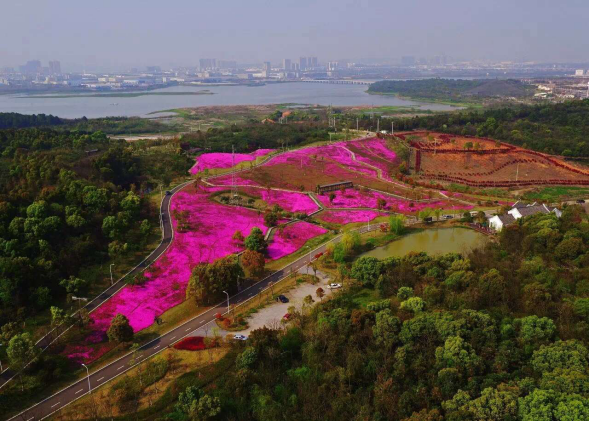
Flowers on the slope of Longling Mountain.
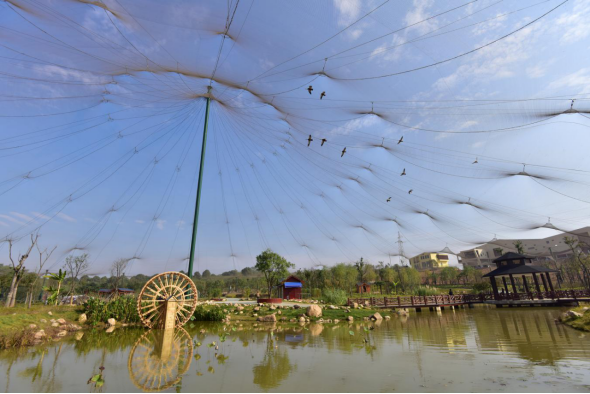
Niaoyulin Park